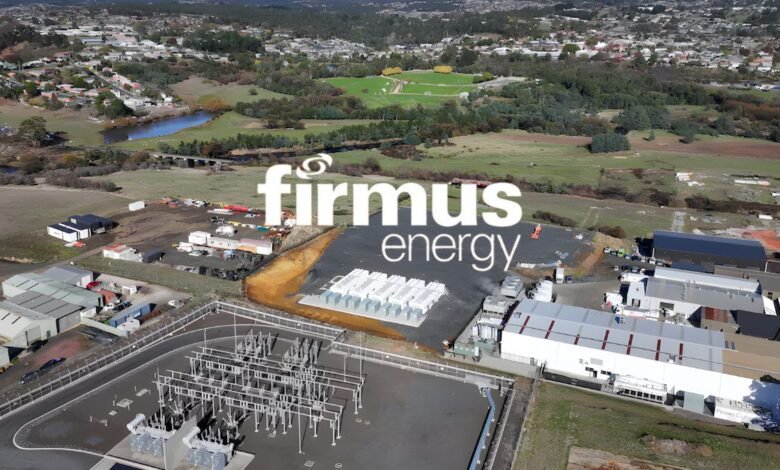Firmus Announces A “Green AI Factory” In Tasmania

▼ Summary
– Cyber and AI remain dominant focuses in vendor discussions this week, with no surprises in their prominence.
– Firmus’s “green AI Factory” in Tasmania is criticized for its hyperbolic claims and potential misuse of taxpayer funds, drawing comparisons to past failed projects.
– Claroty’s 2025 report indicates that 49% of respondents believe geopolitical tensions and supply chain changes are increasing cybersecurity risks for critical infrastructure.
– Organizations primarily adopt cybersecurity measures due to regulatory pressures, with 44% citing government, 41% international, and 40% industry-specific regulations as top drivers.
– Questions are raised about the real productivity gains from AI, suggesting that low-cost AI outputs may lack value, and terms like “Affordable Zero Trust Security” need clarification.
This week’s technology news cycle predictably orbits around the twin pillars of artificial intelligence and cybersecurity, with vendors pushing bold claims and new research prompting critical questions about digital safety and genuine productivity gains. The conversation spans from ambitious national projects to granular corporate security strategies, revealing an industry grappling with both extraordinary potential and practical limitations.
Firmus has captured attention with its announcement of a “Green AI Factory” in Tasmania, a phrase that immediately raises eyebrows for its apparent contradiction in terms. The substantial public funding behind this venture invites scrutiny, particularly given Australia’s history with ambitious infrastructure projects that failed to deliver promised returns. A cautious examination of both the physical site and financial projections seems warranted, especially when considering parallels to other nationally-backed technological endeavors that have struggled to meet expectations.
Meanwhile in cybersecurity, Claroty’s newly released 2025 report presents a divided landscape. While nearly half of surveyed professionals point to global supply chain disruptions as escalating cyber-physical system risks, the silent majority apparently holds different concerns. The research underscores regulation’s dominant role in driving cybersecurity implementation, with external mandates from government bodies and industry groups significantly outpacing internal risk assessments as primary motivators. This regulatory reliance represents a pragmatic business calculation, shifting analysis costs to taxpayers while establishing legal protection through compliance. However, this approach creates predictable security patterns that adversaries can exploit and potentially stifles the innovative approaches needed to address evolving threats.
Banking executive Scott Ellis offers a contrasting perspective by diving into technological specifics rather than trading in vague generalizations. His focus on practical applications of emerging technologies raises legitimate questions about where exactly AI delivers measurable productivity improvements versus simply automating low-value tasks. The fundamental relationship between cost reduction and value creation in AI implementation deserves deeper examination, particularly when considering outputs that require minimal human effort but may offer equally diminished worth. His mention of “Affordable Zero Trust Security” similarly demands clarification, as the cybersecurity concept traditionally involves significant implementation complexity and cost.
These concurrent developments highlight an industry at a crossroads, balancing ambitious technological promises against practical realities, regulatory compliance against genuine security innovation, and productivity claims against actual value creation. The coming months will reveal whether these initiatives represent substantial progress or merely recycled concepts in new packaging.
(Source: ITWire Australia)
